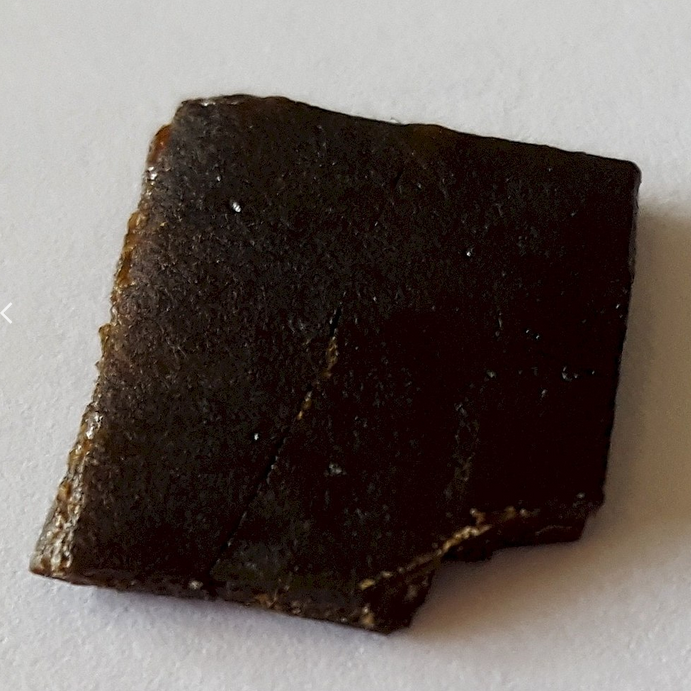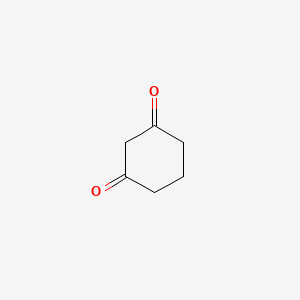|
Name: Opium, powdered
Type: Opioid
AKA: Powdered opium

|
|
II. Natural Derivative

|
|
III. Chemical Profile (IUPAC name)

|
|
IV. History
Powdered opium, derived from the opium poppy, has been used since ancient times for its analgesic and psychoactive effects. It is a key ingredient in the production of various opioids and has a long history of use in traditional medicine and pharmaceutical preparations.

|
|
V. Legal Information
Powdered opium is a Schedule II controlled substance in the US, reflecting its high potential for abuse but accepted medical use in some cases. Internationally, it is heavily regulated under the Single Convention on Narcotic Drugs. The UNODC monitors opium production and trade, with efforts focused on eradicating illicit cultivation and preventing abuse.
US Federal Schedule - II
Schedule II drugs, substances, or chemicals are defined as drugs with a high potential for abuse, with use potentially leading to severe psychological or physical dependence. These drugs are also considered dangerous. Some examples of Schedule II drugs are: combination products with less than 15 milligrams of hydrocodone per dosage unit (Vicodin), cocaine, methamphetamine, methadone, hydromorphone (Dilaudid), meperidine (Demerol), oxycodone (OxyContin), fentanyl, Dexedrine, Adderall, and Ritalin.
Key US Federal Policies:
Controlled Substances Act. Public Law: Public Law 91-513 (text can be found on GovInfo) (https://www.dea.gov/drug-information/csa). Date enacted: October 27, 1970.
|
|
VI. Physical Effects
Powdered opium, derived from the opium poppy, contains morphine and codeine. It acts as a downer, causing sedation, reduced heart rate, and constricted pupils. Short-term use provides effective pain relief, while long-term use leads to addiction, tolerance, and severe health issues. Overdose risks include fatal respiratory depression. Safe use requires strict dosing and medical supervision. Research emphasizes its potency and the dangers of addiction.  |
|
VII. Psychological Effects
N/A
 |
|
VIII. Culture
Powdered opium is derived from the opium poppy, containing alkaloids used for pain relief, classifying it as a downer. Short-term use provides significant analgesia, while long-term use can lead to dependence, tolerance, and severe health issues. Overdose risks include severe respiratory depression and potentially fatal outcomes. Safe dosages are controlled in medical settings. Recent research emphasizes its effectiveness in pain management but warns of high abuse potential. Physical effects include drowsiness, constricted pupils, and respiratory depression.
 |
